4 min read
Preparations for Next Moonwalk Simulations Underway (and Underwater)
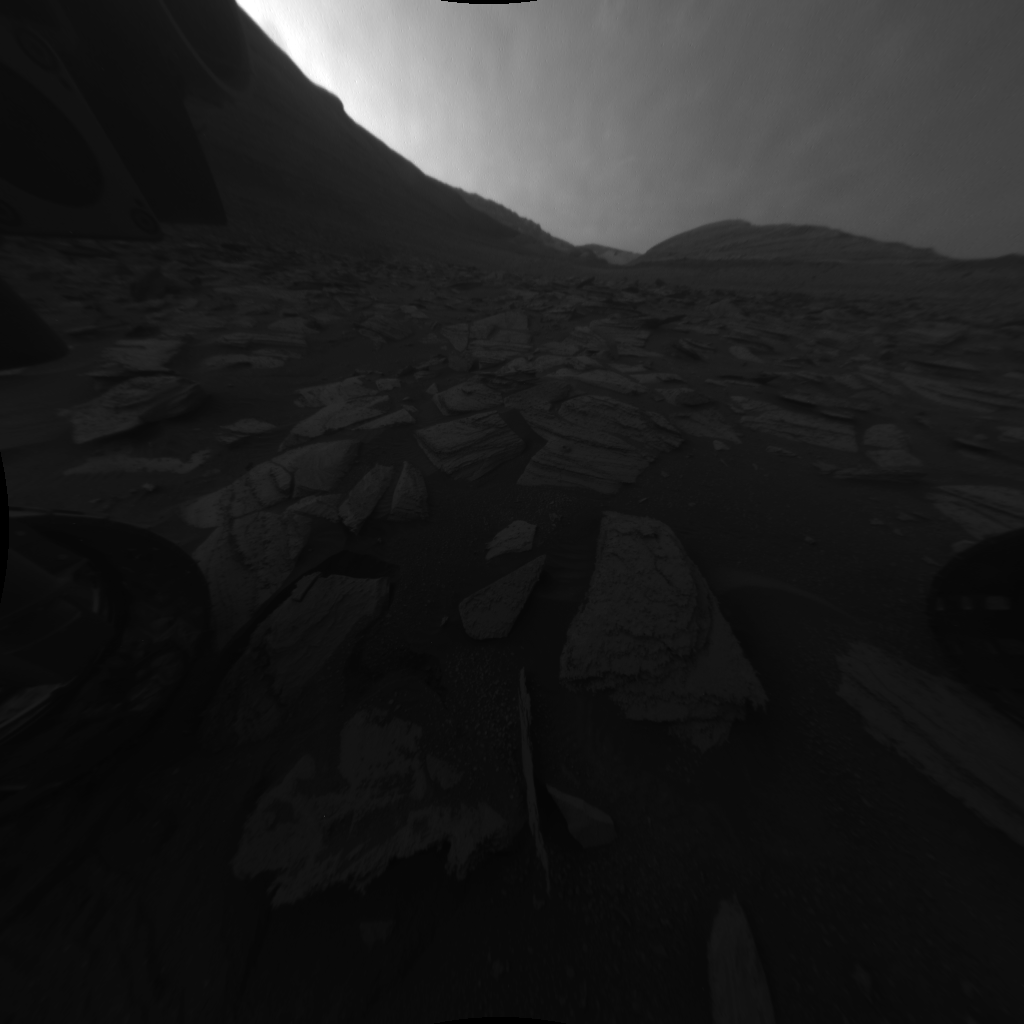
Videos from the rover show its shadow moving across the Martian surface during a 12-hour sequence while Curiosity remained parked.
When NASA’s Curiosity Mars rover isn’t on the move, it works pretty well as a sundial, as seen in two black-and-white videos recorded on Nov. 8, the 4,002nd Martian day, or sol, of the mission. The rover captured its own shadow shifting across the surface of Mars using its black-and-white Hazard-Avoidance Cameras, or Hazcams.
Instructions to record the videos were part of the last set of commands beamed up to Curiosity just before the start of Mars solar conjunction, a period when the Sun is between Earth and Mars. Because plasma from the Sun can interfere with radio communications, missions hold off on sending commands to Mars spacecraft for several weeks during this time. (The missions weren’t totally out of contact: They still radioed back regular health check-ins throughout conjunction.)
Rover drivers normally rely on Curiosity’s Hazcams to spot rocks, slopes, and other hazards that may be risky to traverse. But because the rover’s other activities were intentionally scaled back just prior to conjunction, the team decided to use the Hazcams to record 12 hours of snapshots for the first time, hoping to capture clouds or dust devils that could reveal more about the Red Planet’s weather.
When the images came down to Earth after conjunction, scientists didn’t see any weather of note, but the pair of 25-frame videos they put together do capture the passage of time. Extending from 5:30 a.m. to 5:30 p.m. local time, the videos show Curiosity’s silhouette shifting as the day moves from morning to afternoon to evening.
The first video, featuring images from the front Hazcam, looks southeast along Gediz Vallis, a valley found on Mount Sharp. Curiosity has been ascending the base of the 3-mile-tall (5-kilometer-tall) mountain, which sits in Gale Crater, since 2014.
As the sky brightens during sunrise, the shadow of the rover’s 7-foot (2-meter) robotic arm moves to the left, and Curiosity’s front wheels emerge from the darkness on either side of the frame. Also becoming visible at left is a circular calibration target mounted on the shoulder of the robotic arm. Engineers use the target to test the accuracy of the Alpha Particle X-ray Spectrometer, an instrument that detects chemical elements on the Martian surface.
In the middle of the day, the front Hazcam’s autoexposure algorithm settles on exposure times of around one-third of a second. By nightfall, that exposure time grows to more than a minute, causing the typical sensor noise known as “hot pixels” that appears as white snow across the final image.
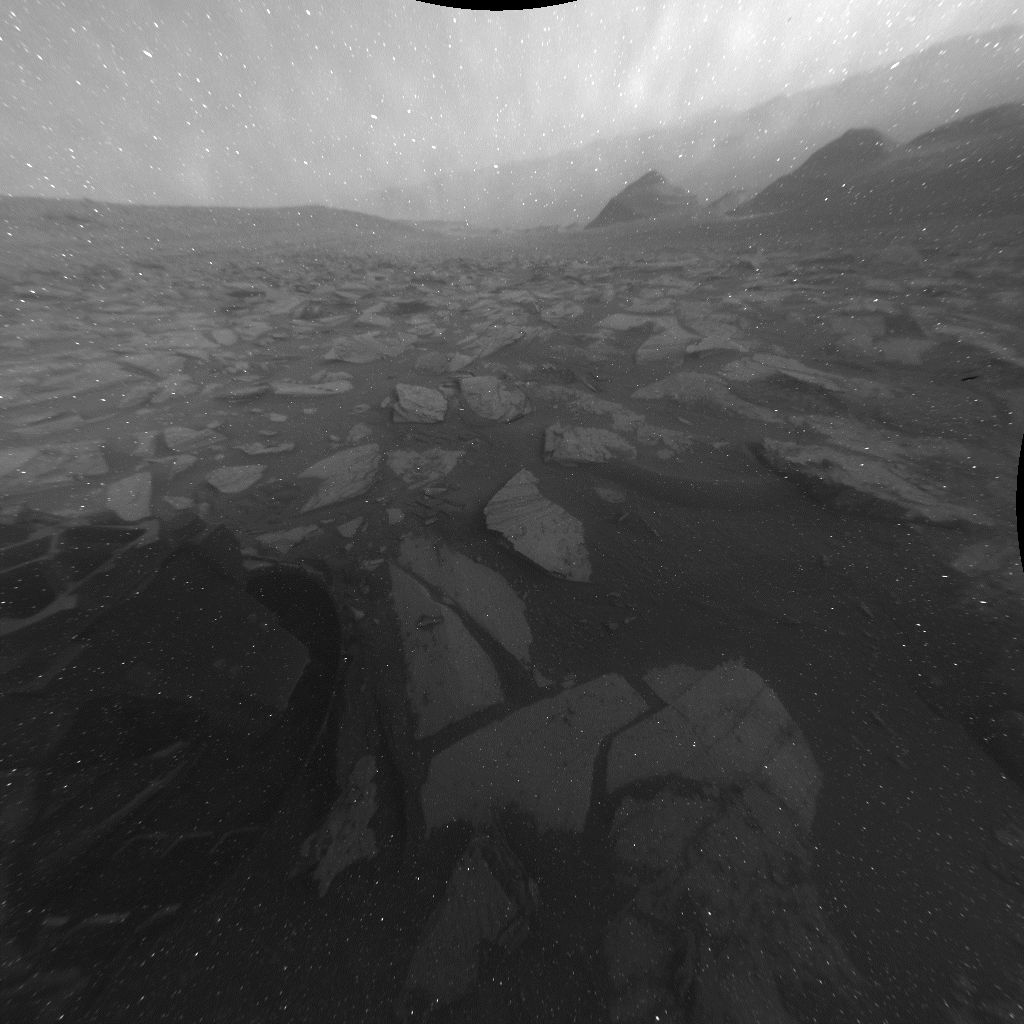
The second video shows the view of the rear Hazcam as it looks northwest down the slopes of Mount Sharp to the floor of Gale Crater. The rover’s right rear wheel is visible, along with the shadow of Curiosity’s power system. A small black artifact that appears at the left midway through the video, during the 17th frame, resulted from a cosmic ray hitting the camera sensor. Likewise, the bright flashing and other noise at the end of the video are the result of heat from the spacecraft’s power system affecting the Hazcam’s image sensor.
These images have been re-projected to correct the wide-angle lenses of the Hazcams. The speckled appearance of the images, especially prominent in the rear-camera video, is due to 11 years of Martian dust settling on the lenses.
More About the Mission
Curiosity was built by NASA’s Jet Propulsion Laboratory, which is managed by Caltech in Pasadena, California. JPL leads the mission on behalf of NASA’s Science Mission Directorate in Washington.
For more about Curiosity, visit:
News Media Contacts
Andrew Good
Jet Propulsion Laboratory, Pasadena, Calif.
818-393-2433
andrew.c.good@jpl.nasa.gov
Karen Fox / Alana Johnson
NASA Headquarters, Washington
301-286-6284 / 202-358-1501
karen.c.fox@nasa.gov / alana.r.johnson@nasa.gov
2023-189
Details
Related Terms
Discover Related Topics
from NASA https://ift.tt/OVuDMq3

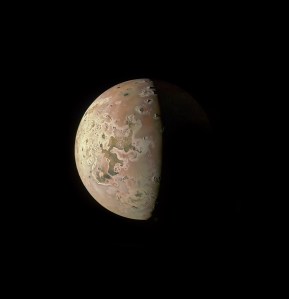
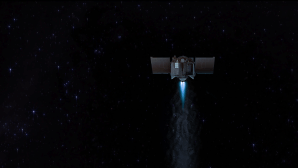
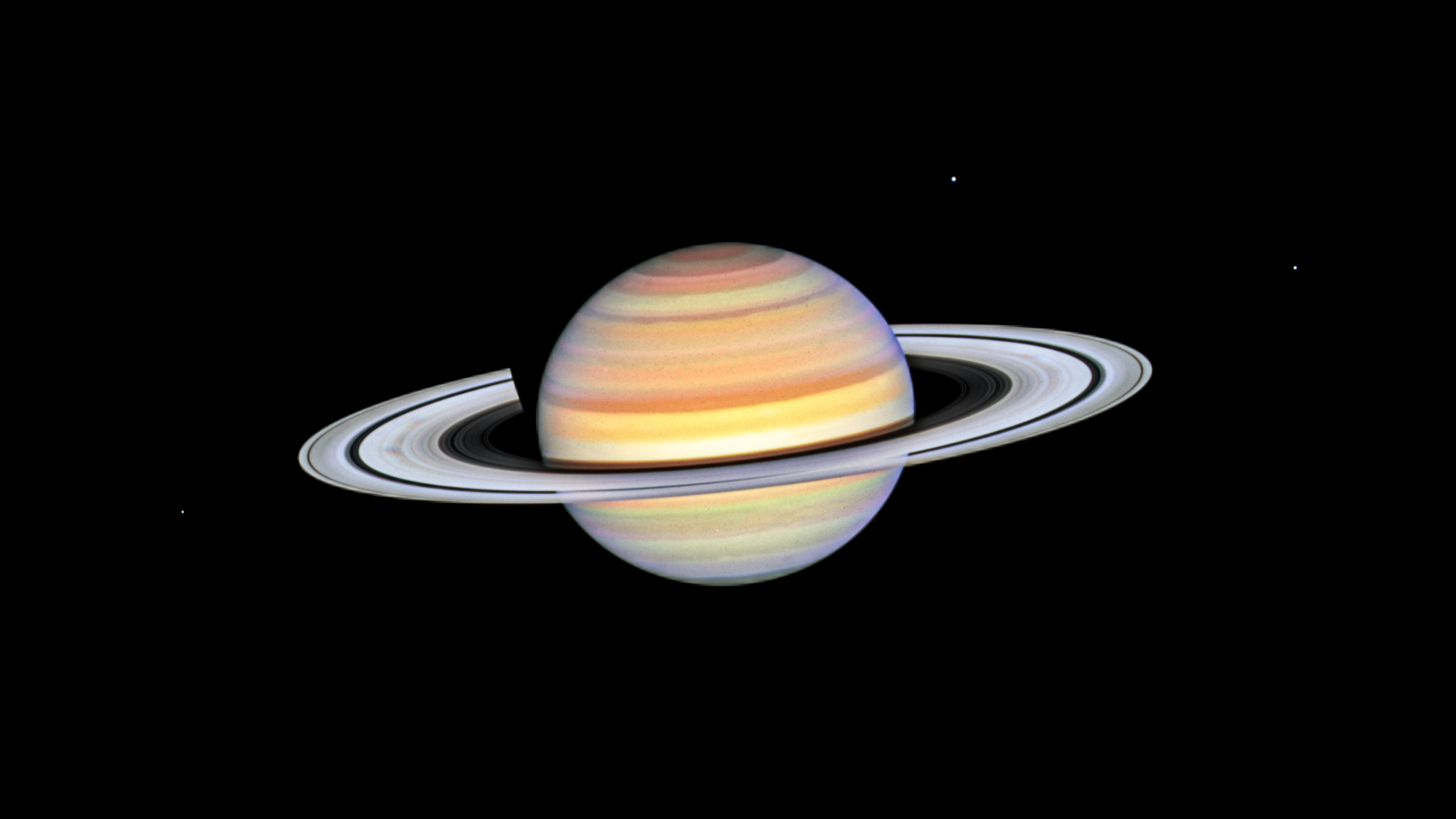




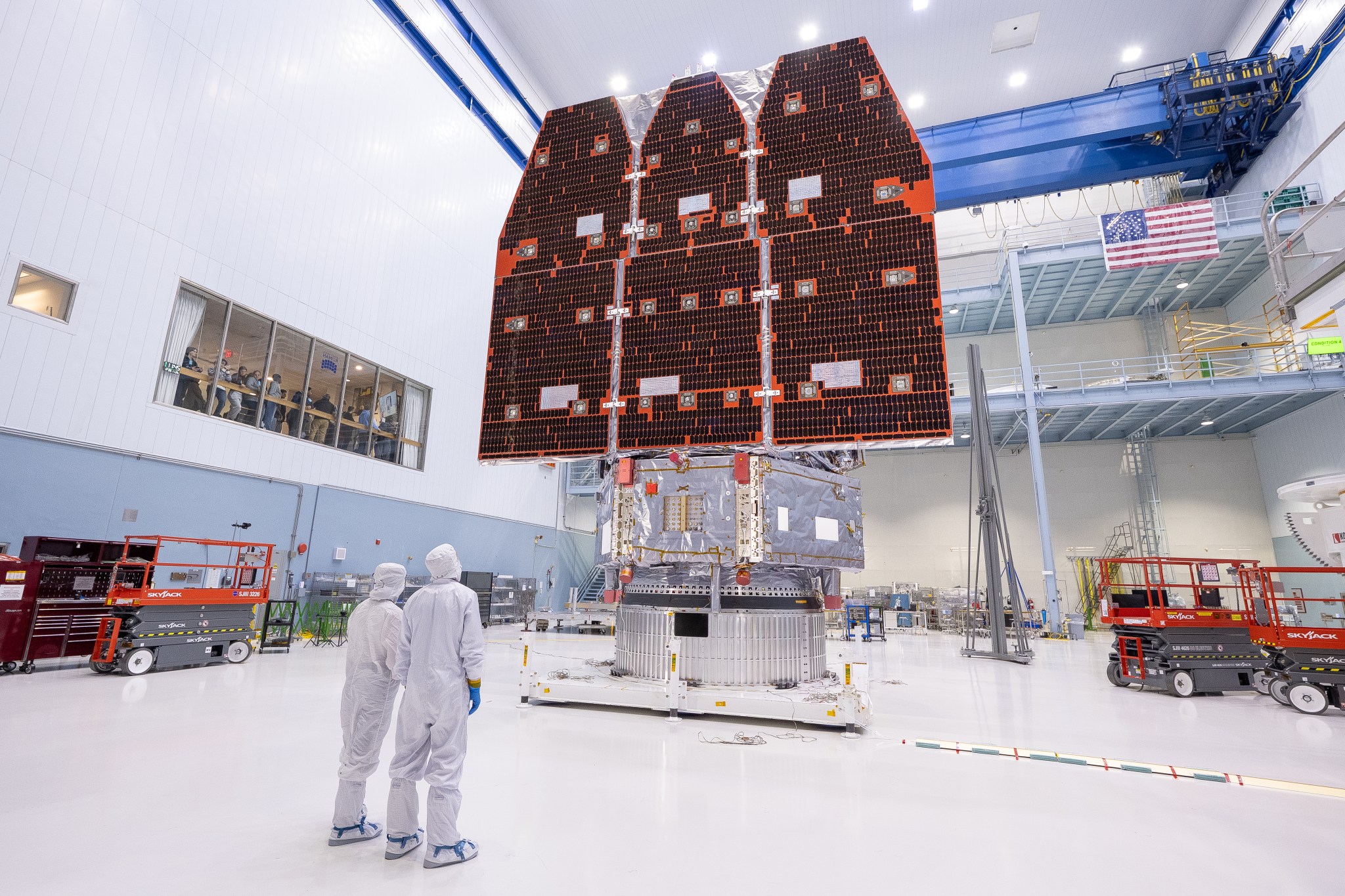
No comments:
Post a Comment